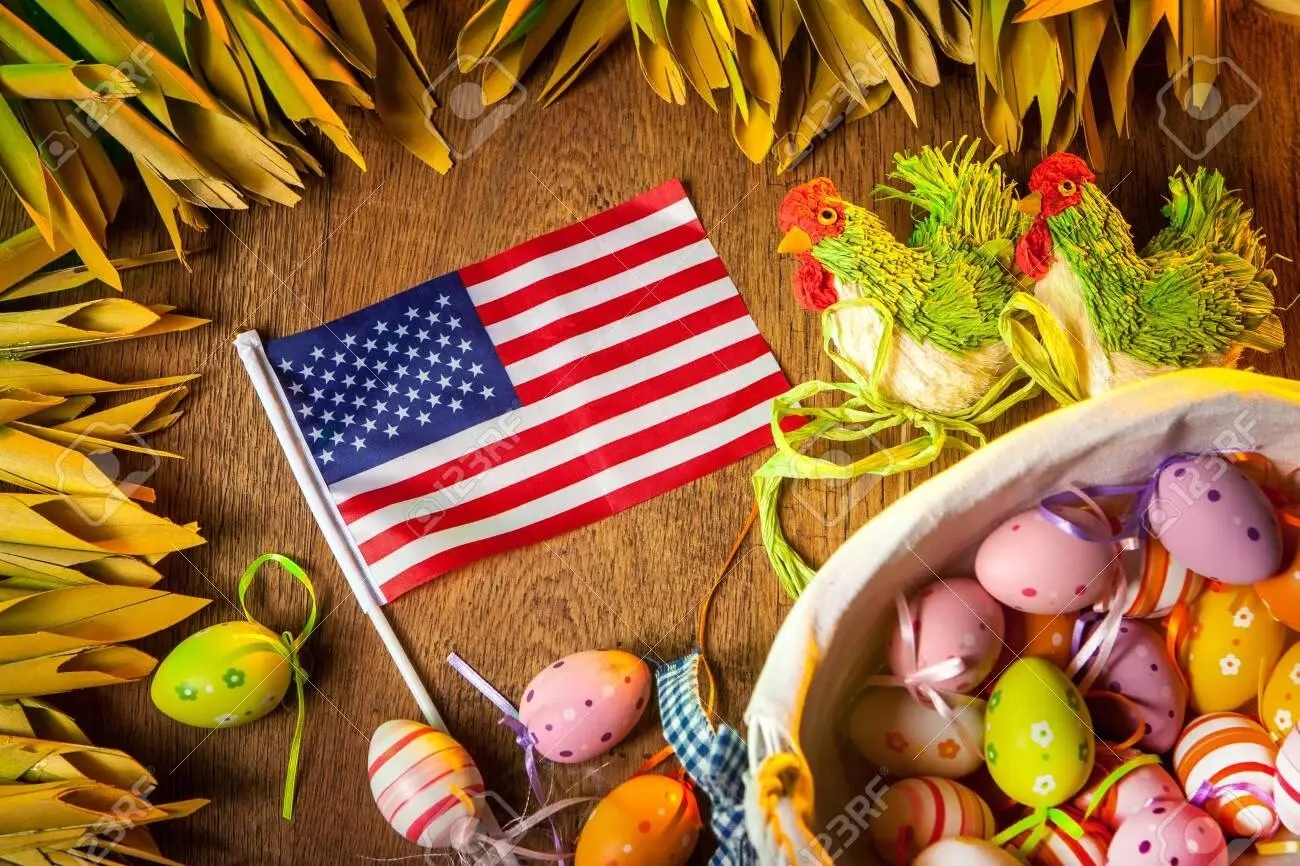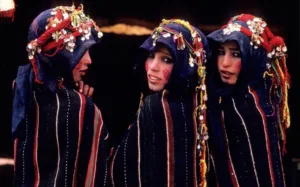Easter might be about Jesus’s resurrection, but somehow, a bunny and a basket of eggs stole the show.
Fez – Easter is the Christian calendar’s main event, celebrating Jesus Christ’s resurrection three days after his crucifixion.
While the earliest written record of Easter dates back to the 2nd century, many believe that Christians were quietly honoring the resurrection even earlier.
Now, the name “Easter” itself is a bit of a mystery. Some credit it to Eostre, an Anglo-Saxon spring goddess, but modern scholars say that theory might be more fantasy than fact.
A more likely story? The word evolved from “in albis” (Latin for “dawn”) and eventually morphed into “eostarum” in Old High German, giving us both the English and German names for the holiday.
The great Easter calendar drama
The date of Easter hasn’t always been a done deal. In early Christianity, East and West had major beef over when to celebrate the Resurrection.
Eastern churches tied it to Passover, while Western churches insisted on Sunday, the actual day Jesus is believed to have risen.
Things got so heated that the Council of Nicaea (325 CE) had to step in, ruling that Easter would be celebrated on the first Sunday after the full moon following the spring equinox.
That’s why Easter can land anywhere between March 22 and April 25.
Orthodox Christians use the Julian calendar, not the Gregorian one most of the world follows, which is why Orthodox Easter often arrives fashionably late, and never before Passover.
Easter isn’t just a Sunday service, it’s a whole experience. It follows Lent (40 days of reflection and fasting), and it’s preceded by Holy Week, which includes Holy Thursday (Last Supper), Good Friday (Crucifixion), and Holy Saturday (the day Jesus was laid in the tomb).
The Easter Vigil, one of the oldest and most dramatic Christian rituals, is packed with candlelight, scripture, baptisms, and a midnight mass that marks the Resurrection.
Eggs, bunnies, and blessed lambs
Over the centuries, Easter collected a few unexpected sidekicks. The egg, once banned during Holy Week, became a symbol of life bursting from the tomb.
Decorating eggs began in the 13th century, with Orthodox Christians painting them blood red.
Enter the bunny: introduced by German Protestants in the 17th century, the Easter Bunny evolved into a full-blown gift-giver, dropping off candy-filled eggs across Europe and, eventually, the US.
Speaking of eggs: in 1878, President Rutherford B. Hayes made it official, kids could roll eggs on the White House lawn.
That tradition lives on today, joined by egg hunts, chocolate bunnies, and even lamb-shaped cakes.
Behind the cuteness, though, lies one of Christianity’s most profound and hopeful celebrations.
Read also: The Weekly Souk in Morocco: Tradition, Exchange, and Everyday Life
















